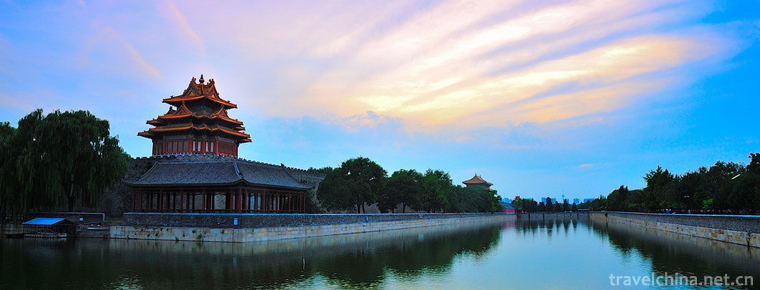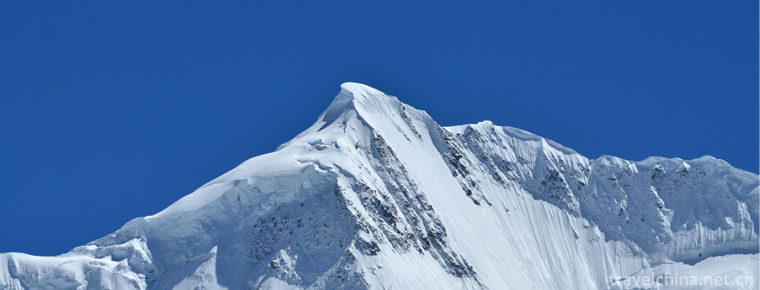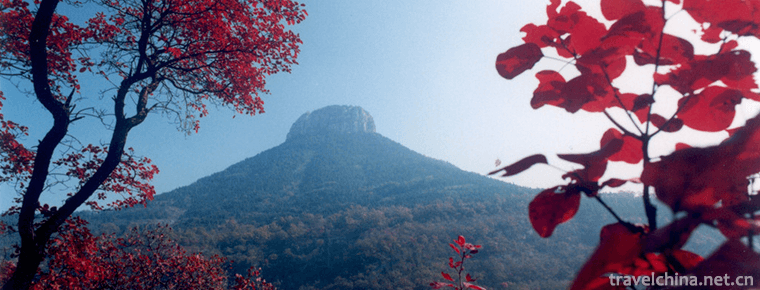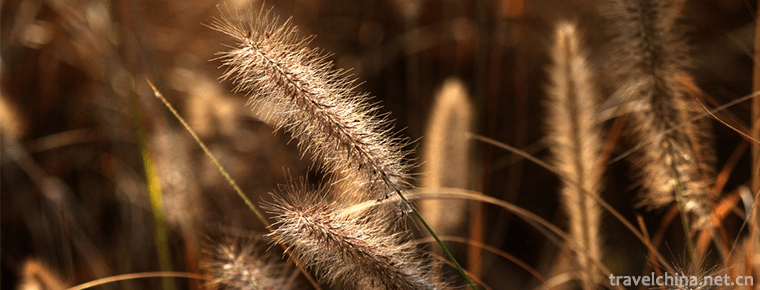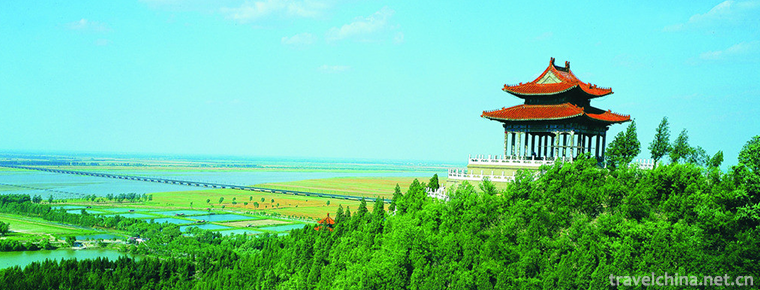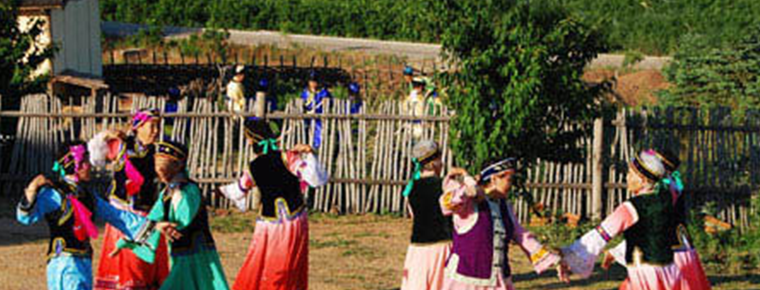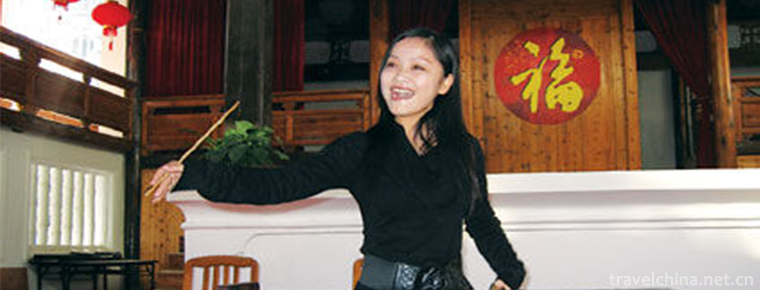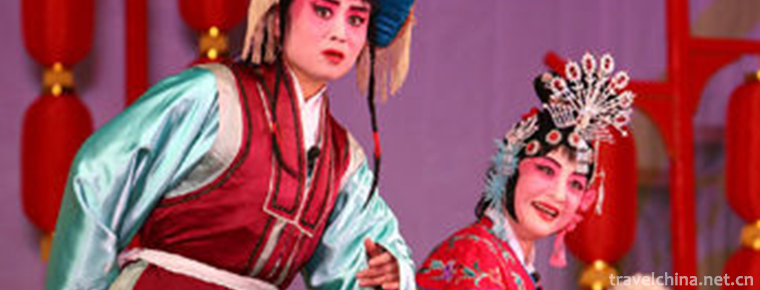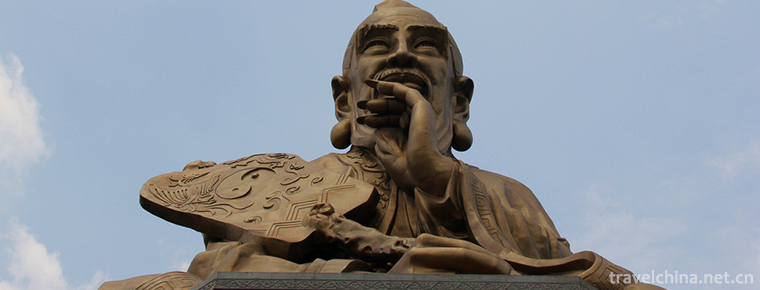Huahu Lake
Huahu Lake
Huahu is located on the 213 national road between Ruoergai in Sichuan Province and Langmu temple in Gansu Province. It is a natural Haizi on the grassland of GER dam. Geer dam is the second largest grassland in China after Hulunbeir Grassland, with an altitude of 3468 meters. The classic time of Flower Lake is in May and June. The lake is colorful, like clouds and clouds, and the lake is full of gorgeous flowers like water demon. This plant looks ordinary. In August when the rain is abundant, the pure blue lake water is dyed into light lotus root color, sometimes deep and sometimes shallow, like a blush when a girl bows her head in spring.
Introduction to scenic spots
Huahu is located on the 213 national road between Ruoergai in Sichuan Province and Langmu temple in Gansu Province. It is a natural Haizi on the grassland of GER dam. Geer dam is the second largest grassland in China after Hulunbeir Grassland, with an altitude of 3468 meters. It can be seen that Huahu can be regarded as a well-known family, although raised in boudoir, but has a very good background.
geographical environment
position
Huahu is a natural Haizi on the grassland of Gerba. Geer dam is the second grassland in China after Hulunbeir Grassland.
In Tibetan, "re" refers to a sutra called "re" and "Er" refers to troops. When the Tubo Kingdom conquered this area, it read a sutra named "re" before sending troops, so it was named "ger". There are three adjacent Haizi on the Geer dam, the smallest is cuoergan, the largest is cuoreha, and Huahu is the middle one.
ethnic customs
Going to Huahu from the place where people live is a competition of endurance and imagination no matter from which angle. But there is no doubt that the centripetal force of Huahu is huge, once set out, no one wants to come back on the way back.
From the city to Huahu, it is almost from hell to heaven. If you don't believe in heaven, or if you don't think you can see it in the future, it's more necessary to go. The classic time is in July and August, and the most beautiful is in the middle of July.
The most commonly used route is a 500 km long journey from Chengdu. One route is from Duwen Expressway to Wenchuan, bypassing Lixian County, passing through miyaro, Hongyuan, Tangke, Zoige, and then to Geer dam and Huahu. After arriving in Wenchuan, you can also follow the 213 national highway, pass through Maoxian county and Songpan, and arrive at Ruoergai directly to Huahu, which generally takes 7-8 hours.
To Ruoergai County, Huahu is only 45 kilometers away, you can stop for a while. Ronghe in Zoige county is no different from thousands of small towns in China, except that the streets are full of dark skinned Tibetans wearing thick Tibetan robes at about 10 degrees. Tall and plump Tibetan women are upright, graceful and graceful, and work silently in a kind of everyday implicit dress. The shops on both sides of the street don't have much to take care of tourists' needs. Most of them are daily necessities for Tibetan people's own use, Sanzi, butter tea, bronzes, saddles, Tibetan incense, and various Tibetan ornaments.
natural resources
The clear blue of the lake is the indescribable purity; the clouds Lingering between the water and the sky have magical charm. People want to cross the plank road to the center of the lake. Maybe there will be greater happiness.
Huahu lake is the main habitat of many wild birds. There are some rare animals on the lake, such as Red duck, grey goose, white bone top, swan and so on. The trestle for sightseeing extends to the lake. You can walk to the pavilion, watch the waves of blue waves, listen to the sound of birds, and experience the vastness and boundlessness alone. Swans, black necked cranes, red crowned cranes, Tibetan mandarin ducks, terns, vultures, eagles, marmots, foxes, prairie pikas and other wild animals unique to many alpine wetlands grow and live freely here.
Travel?
traffic
Chengdu chadianzi passenger transport center station has a direct bus to Zoige, which takes about 10 hours. There are two shifts at 7:00 and 7:20 every morning. The reference ticket price is about 180 yuan / person, depending on the level of the vehicle at that time.
admission ticket
75 yuan for Huahu lake and 30 yuan for bus30 yuan in the scenic area (the new price in 2013 will be implemented on July 8, 2013). Don't try to evade tickets. You can try to bargain. If there are too many people, you can ask for one or two free tickets. But don't hope too much.
get accommodation
Depending on the schedule, you can stay in the Ruoergai hotel in Ruoergai County, and the bargaining price can reach 120 yuan per standard room. People who want to take pictures of sunset or dawn can stay in the tent hotel in Huahu. The conditions are normal and the charge is not high, 40-50 yuan / person. Wetland climate is relatively cold, coupled with the changeable plateau climate, we should pay attention to keep warm, it is best to bring your own sleeping bag.
matters needing attention
1. The most suitable season to go to the Flower Lake is at the end of June and the beginning of July every year. At this time, the lake is sunny and the water color is pure and beautiful, and the lake is full of flowers. If you enter a fairyland, the flowers will not be finished earlier, and then the flowers will be almost withered. In August, the rainy season will begin. The sky is dark and the water is plain. At this time, the Flower Lake is washed away with lead and cloth. Although some people appreciate it, many people will be disappointed.
2. It's better to pay attention to the weather before going to Huahu lake. If the rainfall continues, some roads may be destroyed and cannot be reached.
3. Huahu is located in Geer dam, which belongs to the eastern edge of Qinghai Tibet Plateau. The temperature is about 10 degrees lower than that of plain. Take enough warm clothes and pay attention to cold prevention.

Huahu Lake
-
BaoGuGu National Forest Park
Baoqianggu National Forest Park, Shandong Province, is located in the southeast of Shanting District, Zaozhuang City, Shandong Province. Its geographical coordinates are 34 degrees north latitude 59'4
Views: 182 Time 2019-01-02 -
Tongzhou Forest Park of Grand Canal
Tongzhou Forest Park of the Grand Canal is located on both sides of the North Canal of Tongzhou New Town, Beijing. It starts from Luyang Bridge on the Sixth Ring Road in the north and Wuyao Bridge in
Views: 109 Time 2019-01-07 -
Zhengzhou Yellow River Scenic Spot
The Yellow River Scenic Spot is located 20 kilometers northwest of Zhengzhou City, capital of Henan Province, on the Bank of the Yellow River. It is situated on Weiyueshan Mountain in the South and Ta
Views: 270 Time 2019-03-18 -
Daur Ruzhigle Dance
"Luzhigle" is a representative folk dance of Daur nationality. It varies from place to place, including "Alhambo", "Langtudabe", "Hakumai", "Hagen Melger&q
Views: 137 Time 2019-04-22 -
Fuzhou Reviews
Fuzhou dialect commentary is a unique traditional form of storytelling in Fuzhou dialect of Fujian Province, which is popular in Fuzhou, Fujian Hou, Yongtai, Changle, Lianjiang
Views: 148 Time 2019-04-30 -
a kind of local opera popular in Shandong Province
Liuqiang, a local traditional drama in Jimo City, Shandong Province, is one of the national intangible cultural heritage.
Views: 263 Time 2019-05-14 -
Lao Tzu
Laozi, surnamed Li Minger, is a character of Bai Yang, or posthumous Bo Yang. In the late spring and Autumn period, the birth and death years were unknown. About 571 years ago, it was born in the late
Views: 230 Time 2019-09-04 -
Anhui University
( Anhui University For short, "anda" is located in the provincial capital. Market It's the state. "Double First-Class" initiative "World class discipline construction," M
Views: 209 Time 2019-10-04 -
Nanchong landform
Nanchong terrain inclines from north to south, with an altitude of 256-888.8 meters. The main geomorphic types are hills, and 1 / 3 of them are high hills and low mountains, middle hills and valleys, and low hills and dams. The geomorphic types of the whole city
Views: 346 Time 2020-12-17 -
Administrative division of Dazhou
In 1950, Daxian district was set up, which belongs to the northern Sichuan administrative region. Daxian special office is located in Daxian county and governs eight counties, including Daxian County, Xuanhan County, Kaijiang County, Pingchang
Views: 114 Time 2020-12-20
